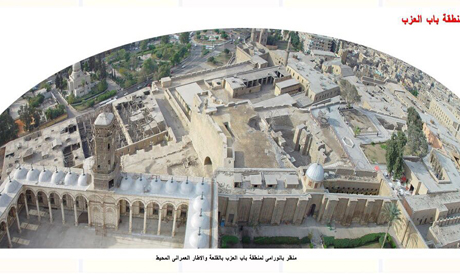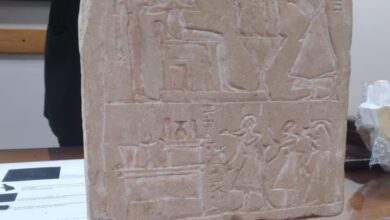
Egypt’s Ministry of Antiquities will start a restoration and rehabilitation project for the Bab al-Azab area in Mediaeval Cairo, the scene of Mohamed Ali’s massacre of the Mamluks in an effort to renovate a series of monuments in Historic Cairo.
The restoration project will be executed in three phases over a 10-month period, with a grant from the American Research Centre in Cairo (ARCE), director general of the Historic Cairo Rehabilitation Project, Mahmoud Abdel Aziz said in a statement this week.
He explained that the first phase aims to consolidate the monumental structures of Bab al-Azab, as well as removing the debris and garbage that has accumulated in the area.
The project will include minor restoration work on the two doors of Bab al-Azab, along with its woodwork and windows.
The blocks of the walls will be maintained and consolidated in an attempt to prevent erosion, prior to the start of the comprehensive restoration project.
The second phase, Abdel Aziz said, includes the full scientific documentation of every structure of Bab al-Azab, along with a preparation plan for its restoration.
Studies to rehabilitate the site and bring put it back into use will also be provided, Abdel Aziz added.
The third and final phase will consist of workshops and seminars, to prepare a plan for the preservation of the buildings. This will involve the establishment of a group of young archaeologists and architects from the local community, to ensure the preservation, maintenance and rehabilitation of the area and its historic structures.
Bab al-Azab is the gate that once protected the original entrance to the Citadel. It was rebuilt in 1754 by Abd el-Rahman Katkhuda.
The gate witnessed the massacre of the Mamluks by Mohamed Ali Pasha back in 1811.




